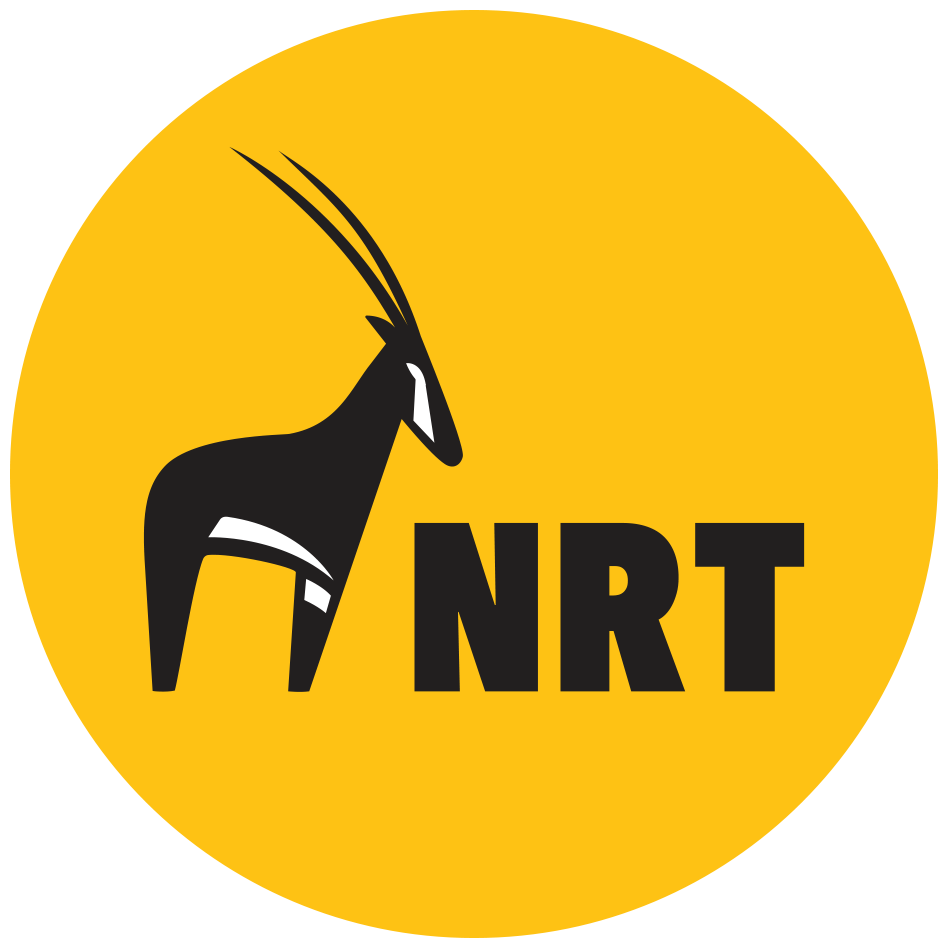The Biliqo Story
“Ndio, maji ni maisha - yes, water is life.” - Lelo XXX, Chairlady Biliqo Bulesa Conservancy.
The Merti Plateau sits embossed into the harsh landscape on the eastern edge of Biliqo Bulesa Conservancy, Isiolo County. While the dry season ravages the plains beneath it, the Plateau boasts good grazing long after the last rains have fallen. Until recently, herders have been unable to spend more than half a day grazing here, having to make the trek back down to the Ewaso River every evening to water their livestock.
In 2017, Biliqo Conservancy applied for a two-year CLF grant (KES 3 million a year) to install an X kilometre pipeline from the village of Dima Adho to the foot of the Merti Plateau.
“By giving people access to the Merti Plateau, the pipeline will reduce pressure on other dry season grazing areas like Kom, which has seen a lot of conflict in the past”, says Lelo.
The pipeline will expand on an existing water point in Dima Adho built by the conservancy and USAID in 2010. The water point is entirely managed entirely by the community. The monthly fee charged to users of the taps covers all repairs, management and maintenance. “This is one of the few community projects that never ever requires NRT support”, says Latif Boru, NRT Centre’s technical lead on governance. “The conservancy manages all the repairs and governance really well, and I’m confident they’ll do the same for the Didewaride water point.”
The proposal to CLF included funding for a kiosk and two troughs at the water point, as well as a salary for a permanent security guard. A water committee comprised of Biliqo board members has been set up to govern the point. They will determine when in the season the taps will open, and for how long. They will also manage access. Residents of Biliqo Conservancy will pay KES 200 per 100 head of livestock per month for water use, while people from outside the conservancy will pay 250.
"This pipeline and other conservancy projects are building community support for the conservancy, and also helping to change attitudes towards wildlife as people see the benefits” says Lelo.

